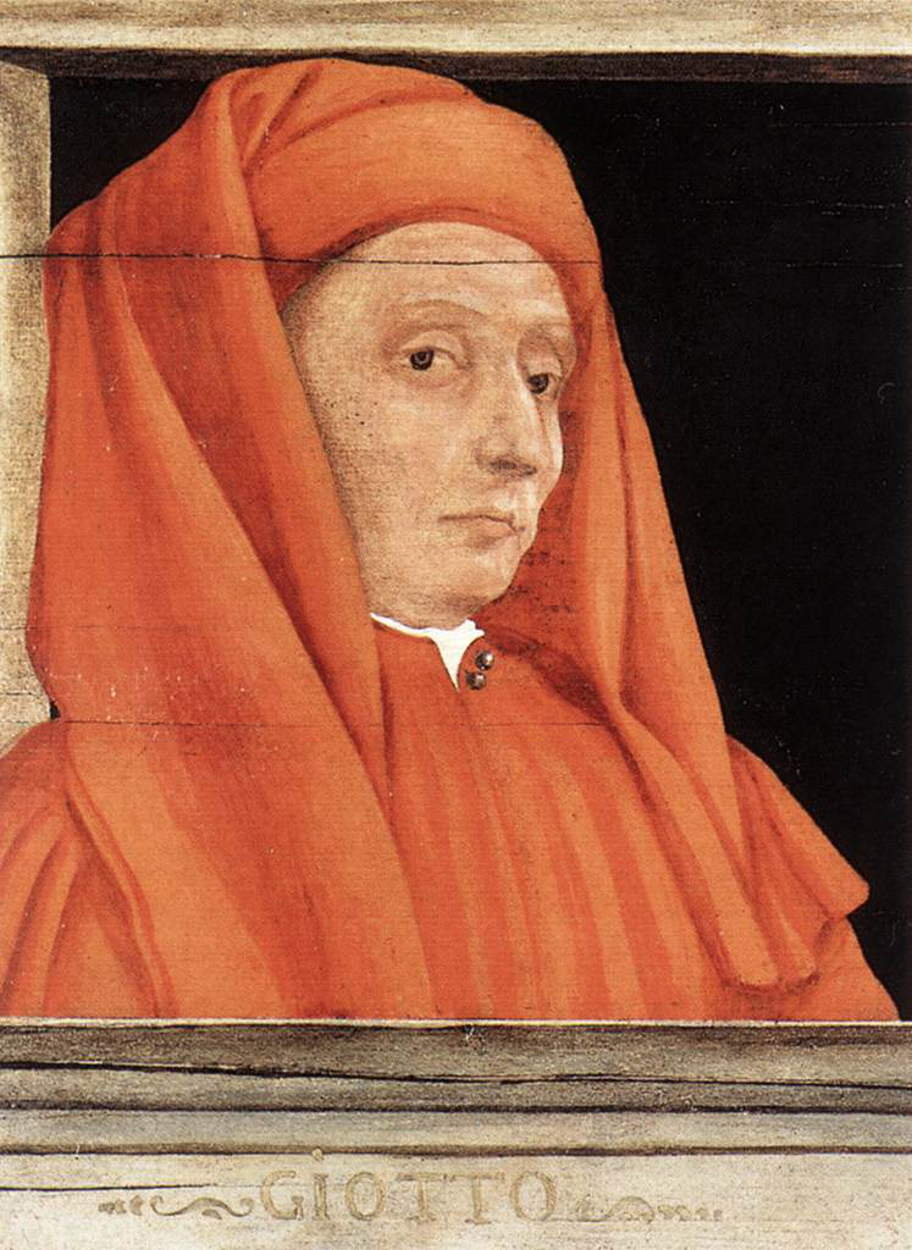Time for an absolute classic!
Nativity was part of Giotto's most influential work, a series painted in Padua's Scrovegni Chapel around 1305 with the Life of Christ. In it, Giotto started to develop beyond stylized Byzantine formality. He was beginning to produce more natural and realistic paintings, with folds of flowing robes, three-dimensional shapes, and figures that faced away from the viewer to create more space. He wanted his subjects to have movement and life, so that onlookers felt a connection and involvement with what they were looking at. What he did is often called Proto-Renaissance, because 100 years before the Renaissance, his new way of painting started to revolutionize Western art history.
An interesting thing: in today's fresco Giotto also altered the traditional group of animals in this Nativity, adding an ox and an ass, with the former perhaps representing the New Testament, while the latter might signify the Old Testament. It could also be said to represent a contrast between those who stuck to the old beliefs, and those who embraced the changes that came with Christ and Christianity.
To everyone celebrating: Merry Christmas Eve!
Dear DailyArt users, we need your help to develop a new version of the DailyArt app. With the one you use today, we won't be able to perform soon; it is just too old. Learn what our plans are and how can you help.
P.S. For this merry day, check out best Nativity scenes in art history. <3


 Giotto di Bondone
Giotto di Bondone